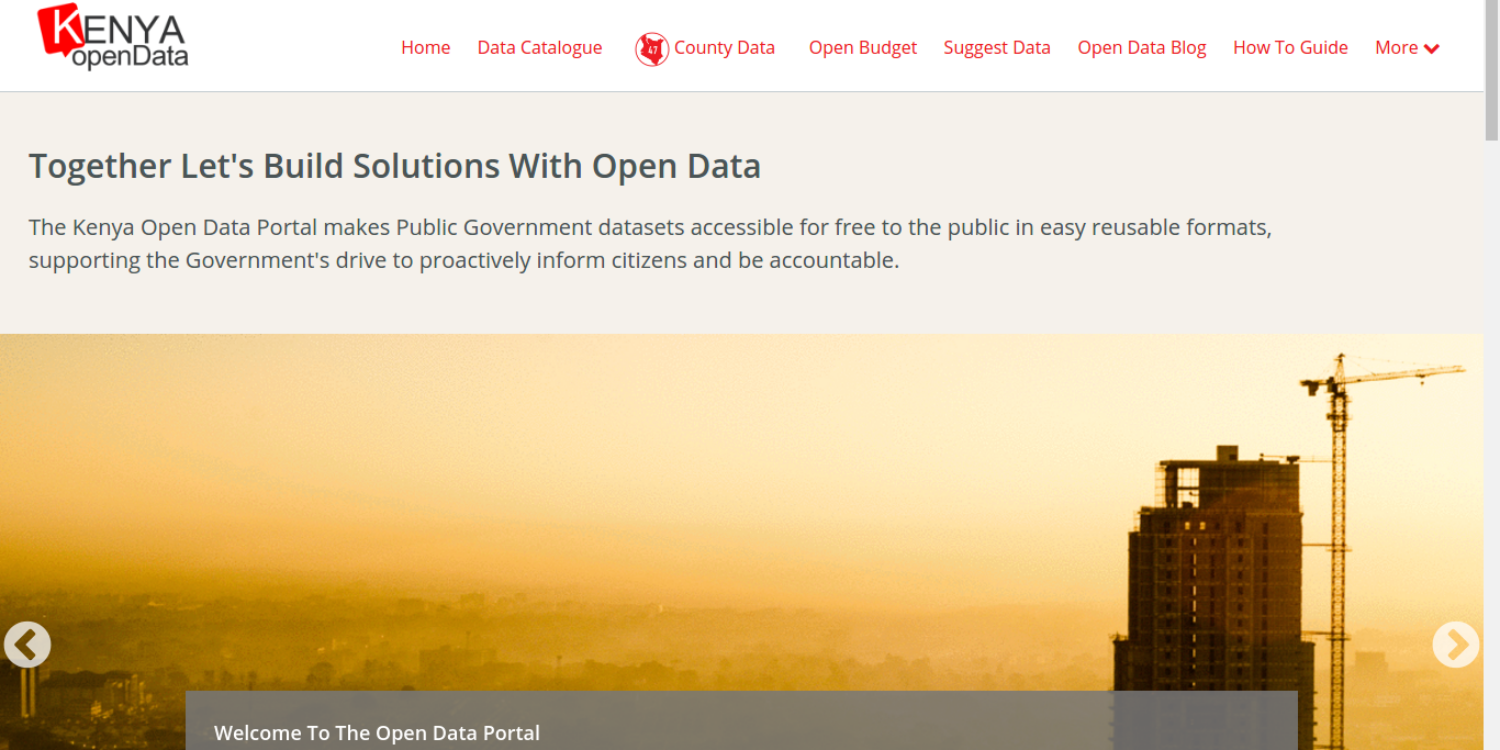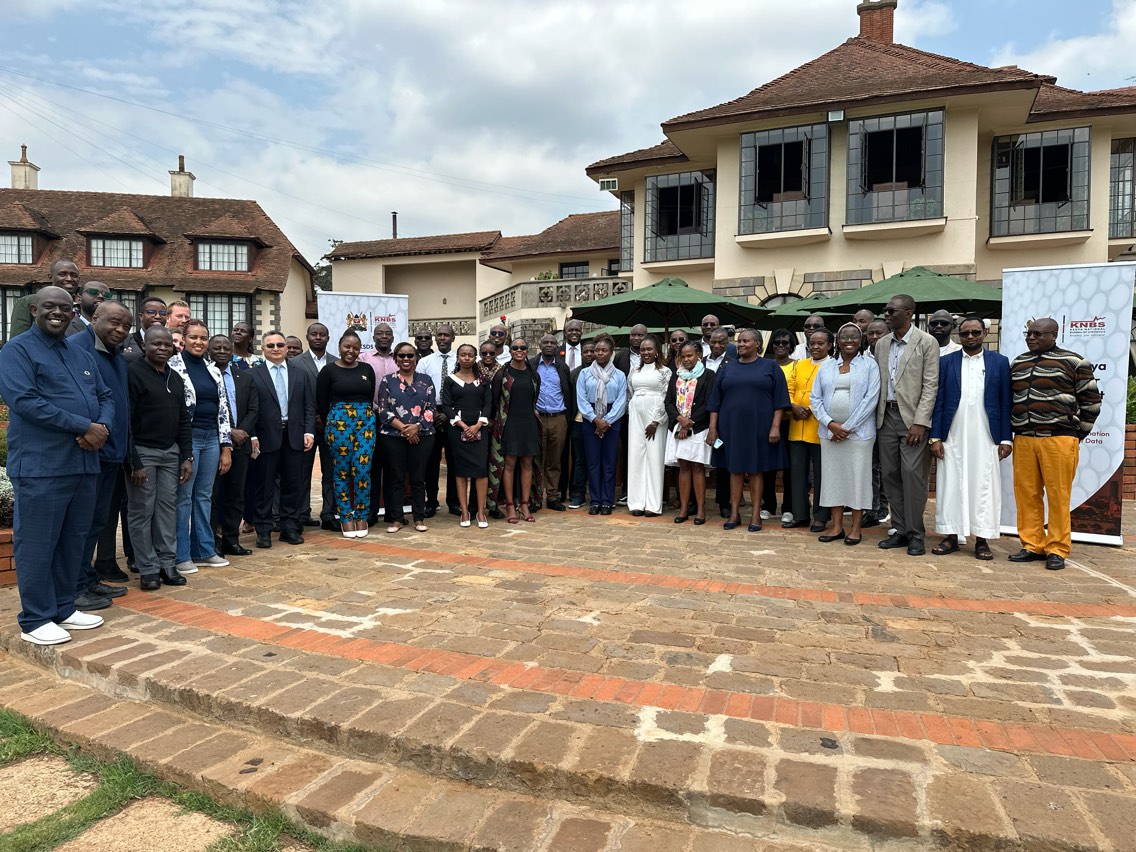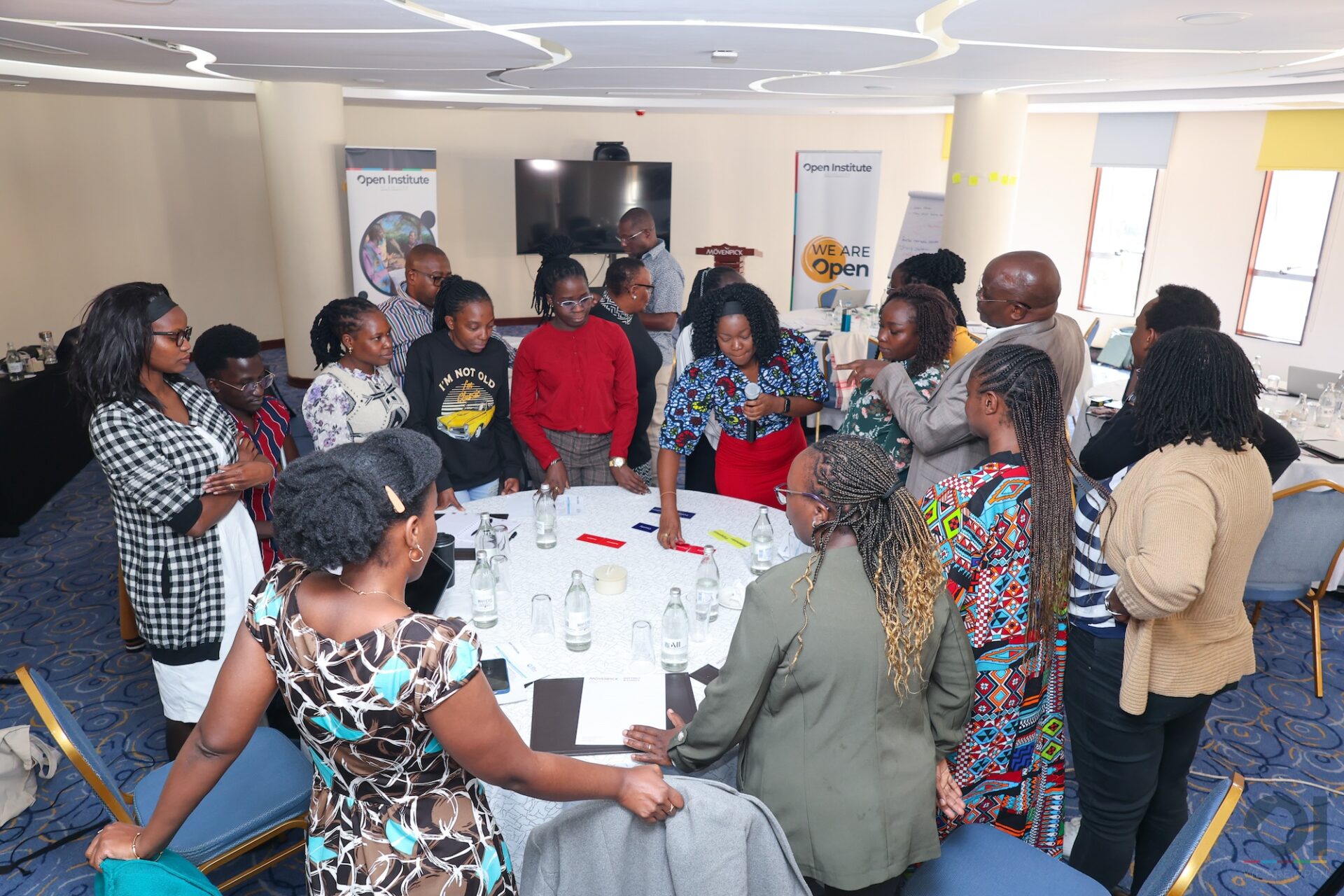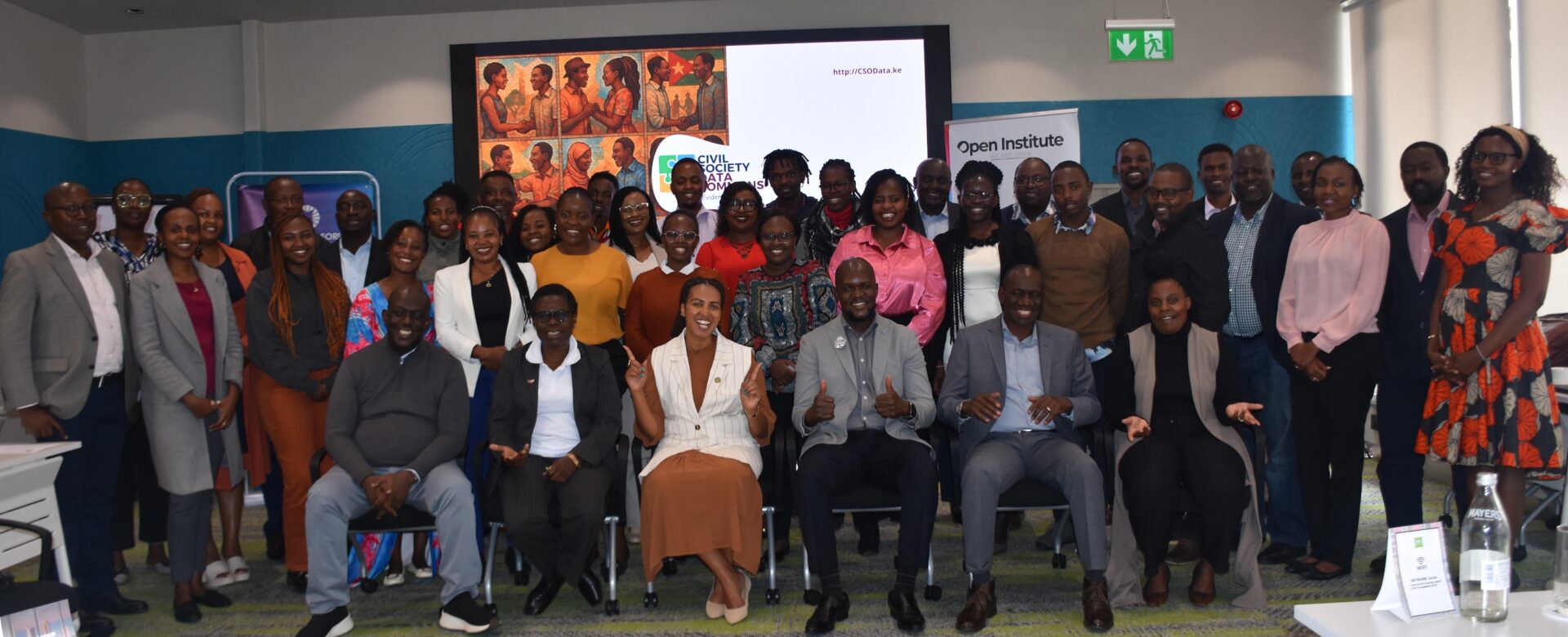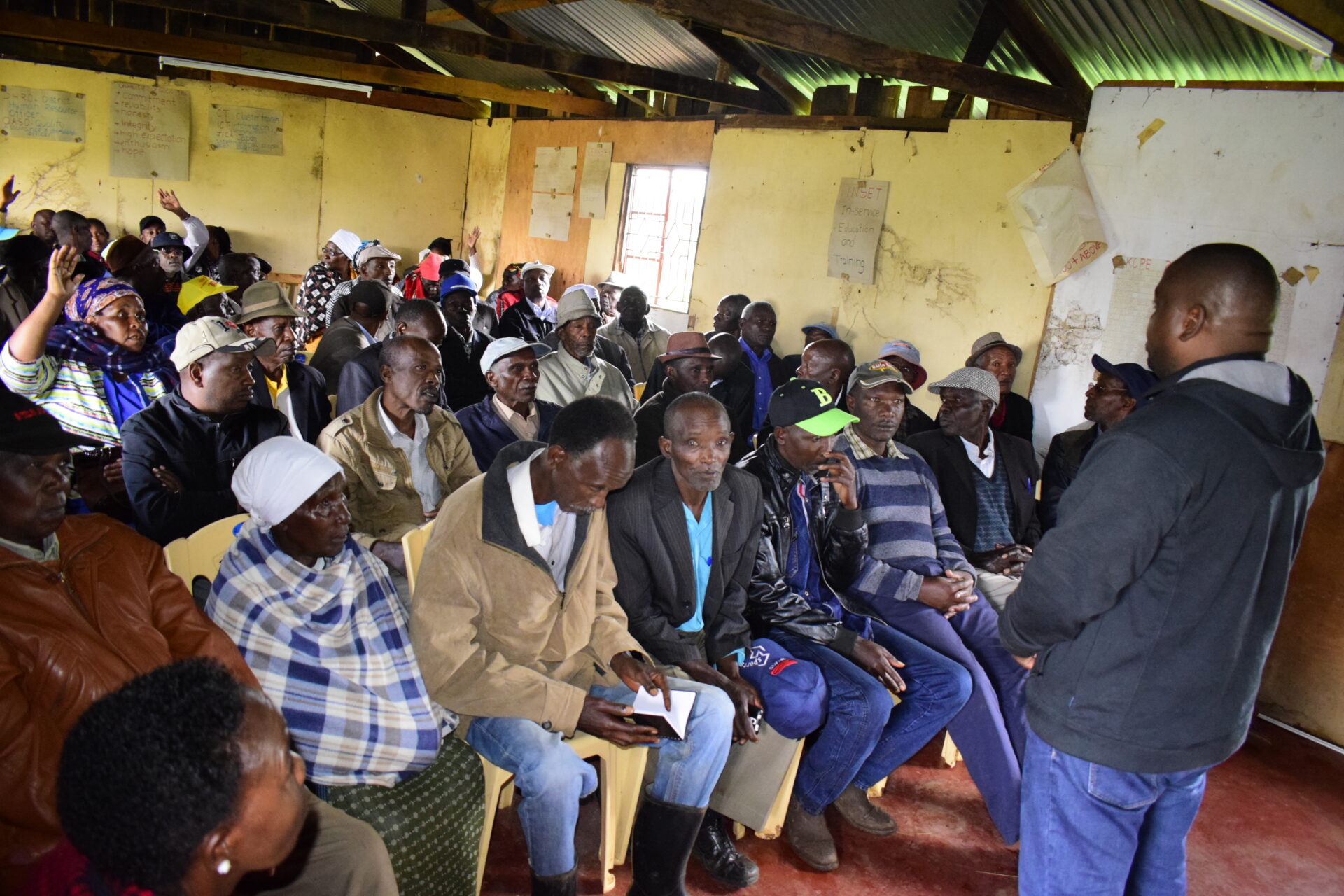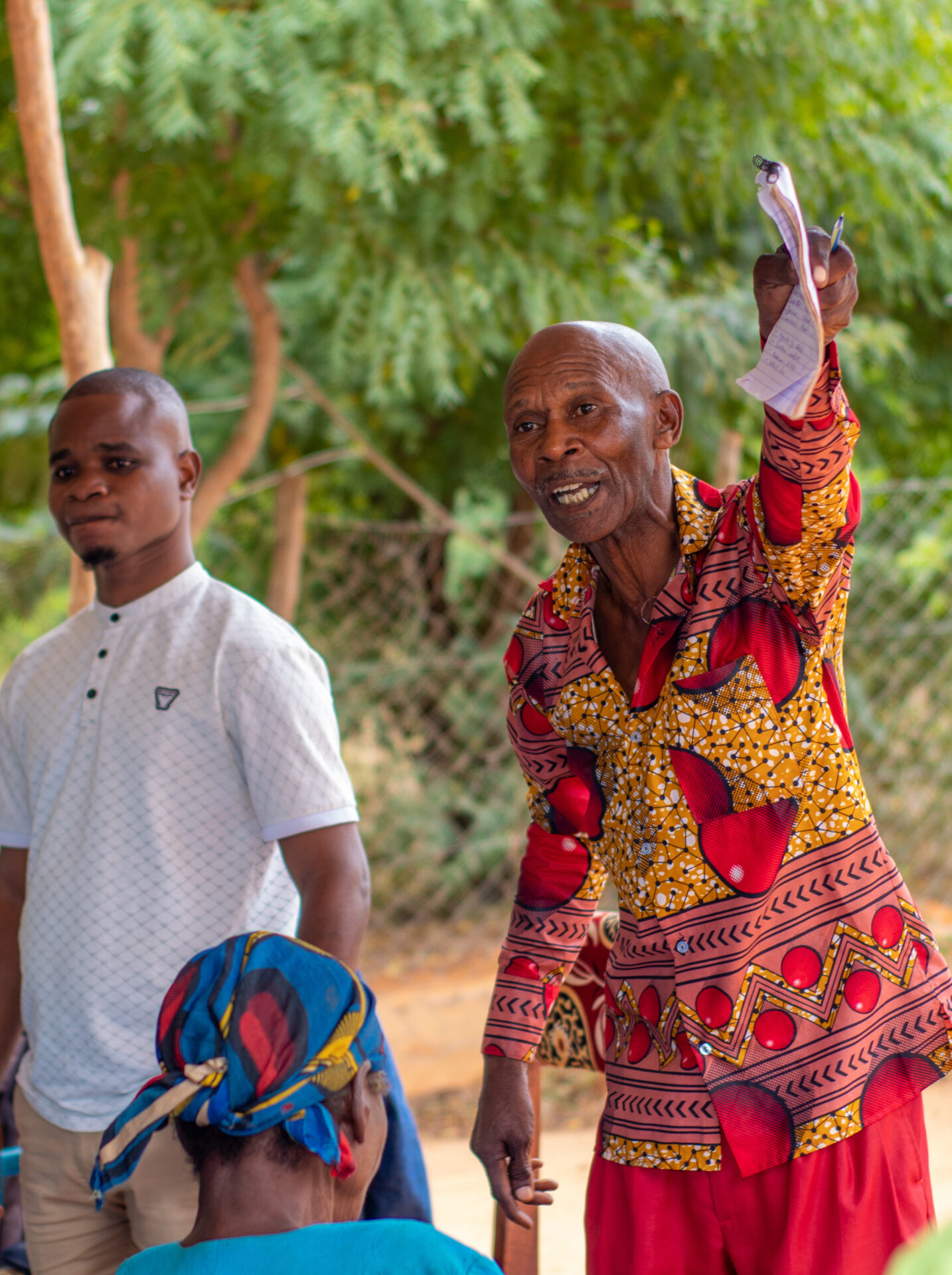Authored by Nick Hargreaves and cross posted from his blog.
It’s slightly over two years since the government of Kenya launched the Kenya Open Data portal; a move that was hailed around the globe and seen by many as a path towards transparency in a corruption ridden government. Kenya became the second, after Morocco, in Africa to open up government data and one of the first few countries in the developing world to do so. Well, today the portal has less than 3000 datasets with the latest one uploaded on December 12th 2012 – 8 months ago. Most of the data is from 2007-2011. There’s hardly any interaction on the portal anymore in terms of dataset suggestions and creation of visualizations. Only 12 apps are listed under community apps and the mainstream media seems to have moved on, as it does when a story becomes stale. When the portal was launched, what was envisioned by most was better provision and access of services and accountability of government departments. Yet 2 years after the ribbon was cut and the champagne bottled popped we seem to be stuck at the beginning. What went wrong?
India has just launched Data Portal India , my original fears that it might go the same path as Kenya’s are waning given the many things they are doing differently. For example they have an app development competition. This will definitely increase it’s engagement with the community, and is a good way to get the word out there and will see a lot of community created innovations that make the data useful. The Indian portal already has 6 apps created by the government around the data. This is more than enough incentive for independent developers and civil society organisations to do the same. Kenya’s government on the other hand just released data and told developers to go forth and make apps. If the government makes apps it deems useful it will be able to consume the data better. And as my colleague Muchiri said to me earlier “when the government is consuming the data they will have an interest in making sure the data is clean and fresh”.
Any correct data has the potential be useful in the right context. However, the more recent the data, the better. One of the most common complaints developers raised from the very beginning of the launch of the portal was how old the data was. Some is so old it’s obsolete. For example, most of the data uses Kenya’s older even though Kenya doesn’t have districts anymore. School codes for example have changed over the years – I remember how much this was frustrating as a Code4Kenya developer. The problem it seems is that the government didn’t have a stable framework in place for continuity beyond the launch. So the portal is becoming less useful by the day and developers have to look for the data themselves from government departments and other organisations. There’s nothing more frustrating in Kenya than getting a government employee to do something they are not clearly mandated to do. Ask any Code4Kenya fellow. Open Data is a pretty new concept and beyond the suspicions the government workers will have when you ask for the data, there’s also the fact that they haven’t been properly trained on it. Sunlight Foundation recently released Open Data Policy Guidelines 2.0 and a recommendation that might work for this situation is having all government data open by default and an oversight authority to help with guidance and implementation.
Something else that the Sunlight Foundation points out that I find extremely important as a developer is having unique identifiers for entities. When we were building FindMySchool and StarHealth, one of the biggest challenges we had was that there was no consistent unique identities for the schools and hospitals respectively. Like I pointed out earlier school codes have been changing and names for schools and hospitals are usually recorded differently by different people in different government departments with infinite permutations. So even if one can come across different data sets from different sources that can potentially lengthen the narrative, there’s no programmatic way to accurately reconcile them.
So what is the missing link? Clearly the whole program needs to refreshed, with less hype and more work, and this time with policy guidelines in place that are strictly followed. Launching the portal should have been more than just Kenya wanting to be the new cool kid on the block, rather a push towards a transparent government that people can trust and for the government to give people better access to public services and amenities. So it has to be properly thought out and needs to be sustainable and active.

